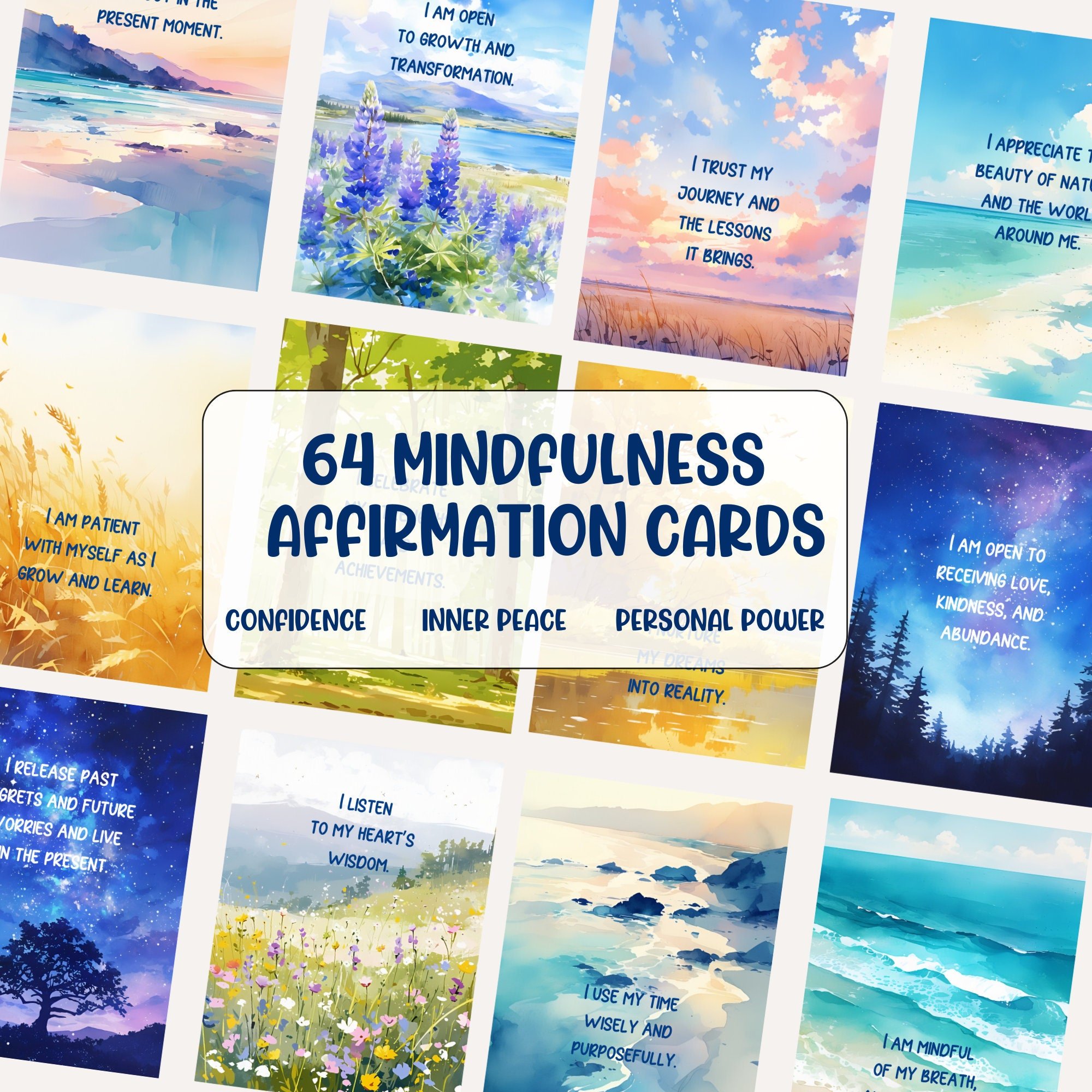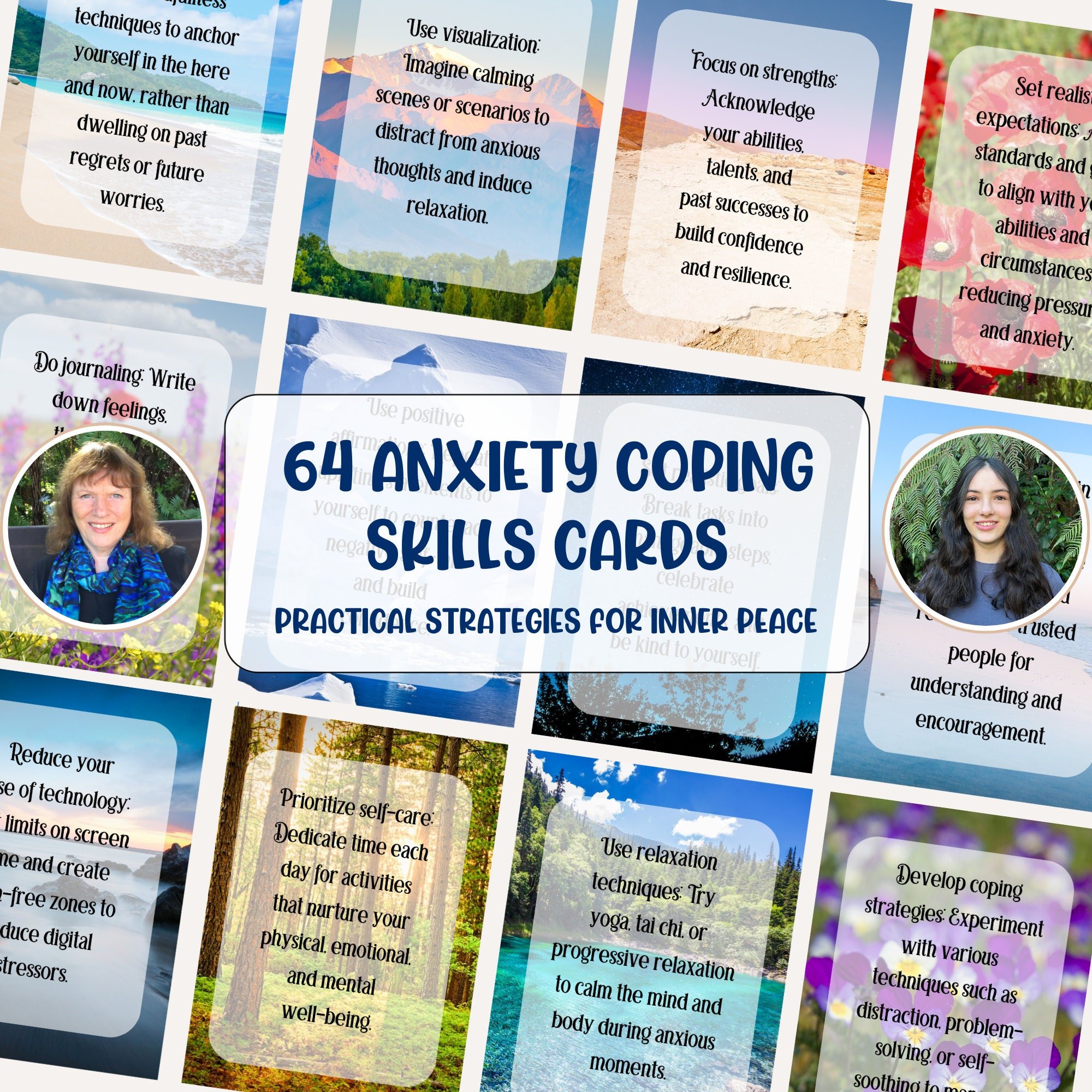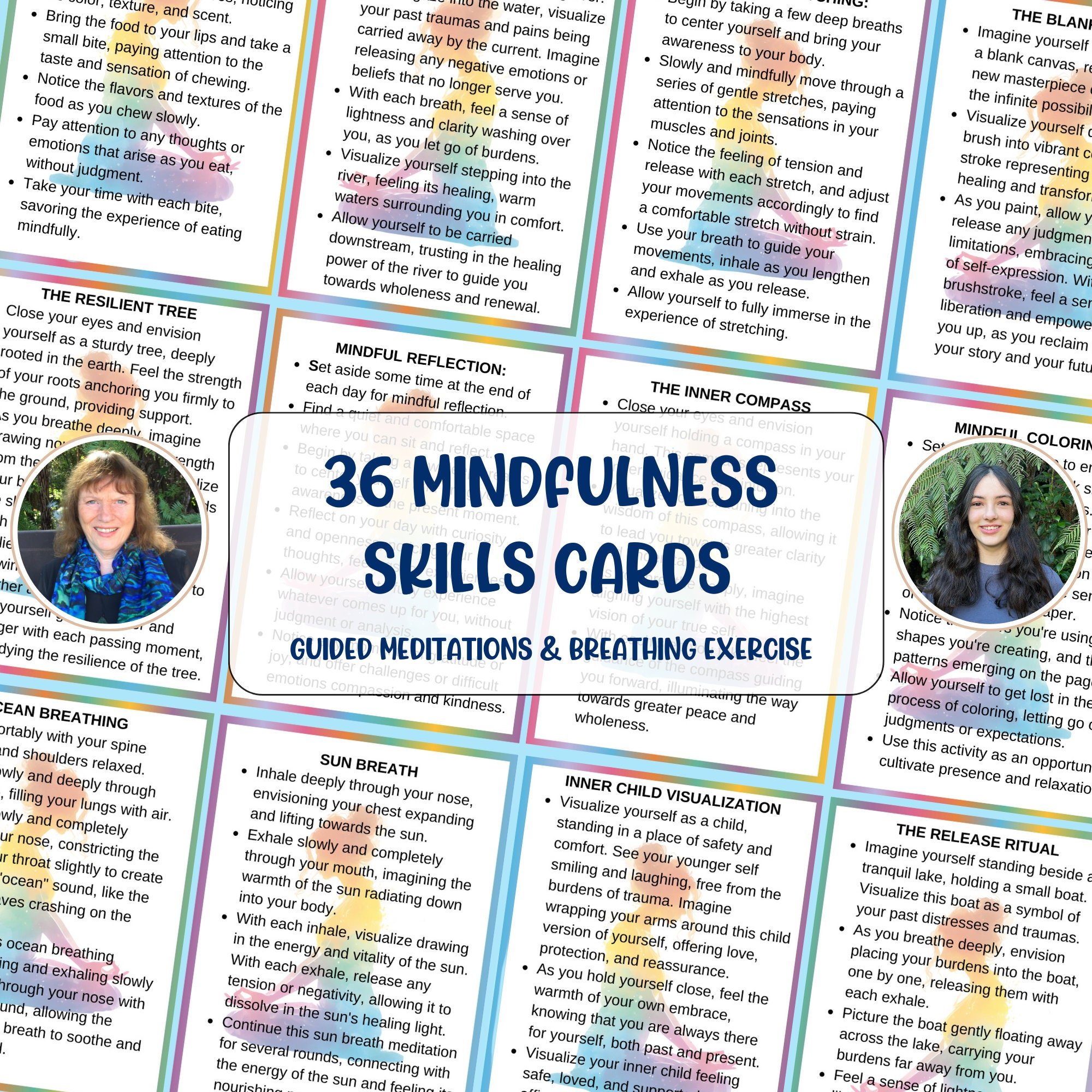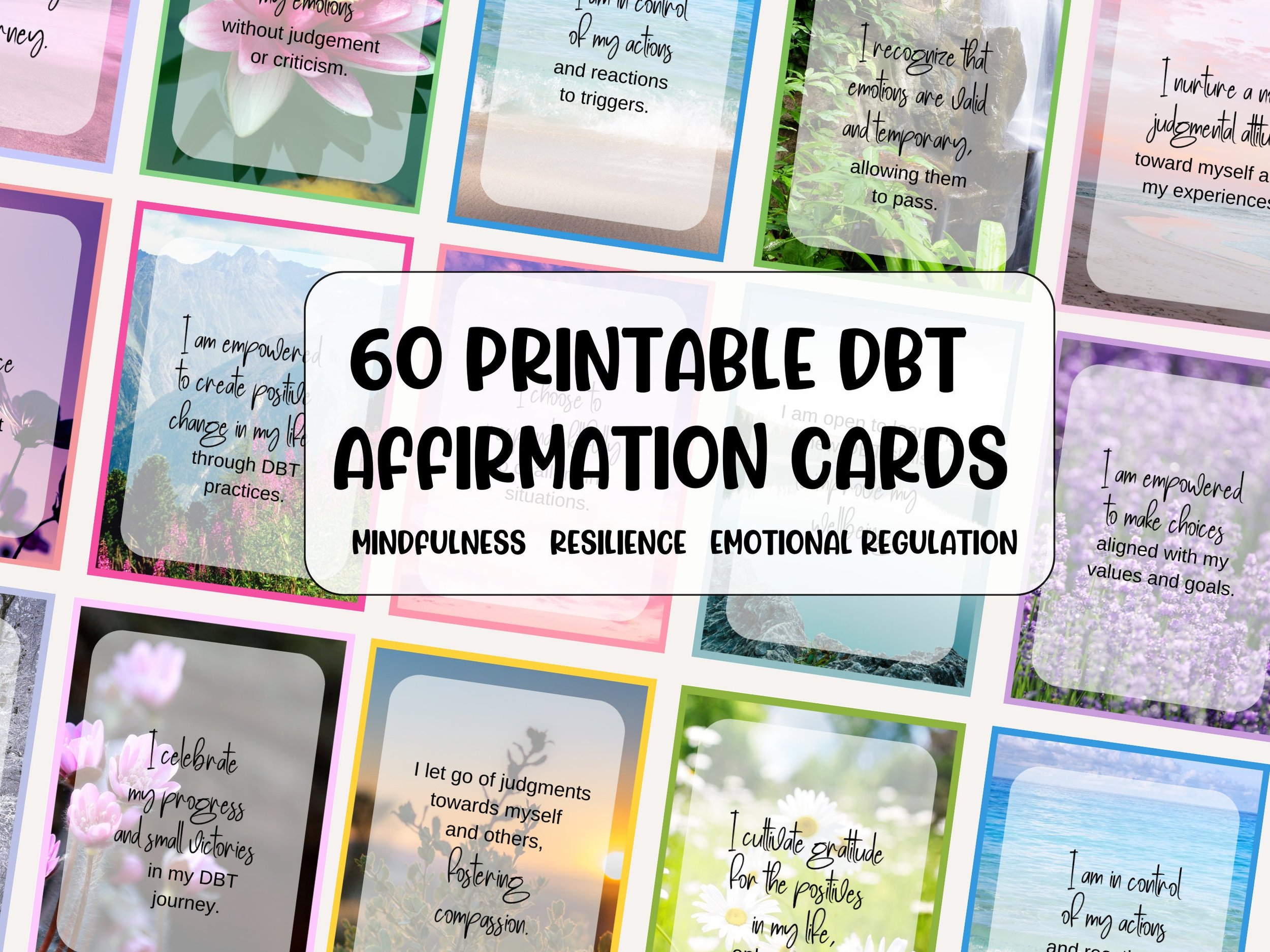The Many Faces of Grief: Understanding How Loss Shows Up in Your Life
Grief is one of the most universal human experiences, yet it is also one of the most misunderstood. When we think of grief, we often picture sadness after the death of a loved one. But grief is much bigger than that. It can appear after a breakup, a serious illness, the loss of a job, or even when life doesn’t turn out the way we expected.
Understanding the many faces of grief can help you honor your emotions and begin the healing process with compassion rather than judgment.
Grief Is More Than Sadness
When most people hear the word grief, they imagine crying and overwhelming sorrow. While sadness is a part of grief, it’s only one layer. Grief can also bring anger, guilt, fear, anxiety, or even numbness. Some people describe it as feeling like they are living outside their body or moving through life in slow motion.
Others feel relief after a loss—especially if they have been watching a loved one suffer. Relief can bring its own layer of guilt, but it is still a normal face of grief. Every emotional response is valid.
The Physical Face of Grief
Grief doesn’t just live in the heart—it shows up in the body too. You might feel exhausted no matter how much you sleep. Some people experience muscle tension, stomach issues, headaches, or even a lowered immune system. You may find yourself restless at night or unable to focus on daily tasks.
This is because grief is stress, and stress affects the nervous system. Treating your body gently—through rest, hydration, nourishing food, and movement—can help you carry the weight of grief more steadily.
The Spiritual Face of Grief
Loss often makes us question life’s deeper meaning. You may ask, Why did this happen? Where is my loved one now? What is the point of going on? These questions are painful but also a sign that your soul is searching for grounding.
Some people find comfort in prayer, meditation, or returning to their faith tradition. Others find solace in nature, journaling, or quiet reflection. There is no single path—what matters is giving yourself permission to seek meaning in a way that feels true to you.
The Hidden Faces of Grief
Not all grief comes from obvious losses. You may grieve the childhood you never had, the parent who wasn’t able to love you, the dream you couldn’t reach, or the health you once enjoyed. This type of grief can feel invisible because others may not recognize it.
But hidden grief is just as real and deserves acknowledgment. Naming your loss—whether through writing, therapy, or conversation—can help you begin to release it.
Honoring Your Grief
There is no timeline for grief, and there is no “right” way to grieve. What matters is creating space for your feelings rather than pushing them away. Some gentle ways to honor your grief include:
Journaling your thoughts and emotions without judgment
Talking with a trusted friend, counselor, or support group
Creating a ritual, such as lighting a candle or keeping a memory box
Allowing yourself both tears and laughter without guilt
Practicing self-care to support your body and nervous system
Final Thoughts
The many faces of grief remind us that healing is not linear—it’s a winding journey of ups and downs. Grief can be sadness, anger, guilt, relief, or even moments of peace. It can live in the mind, body, and spirit. Our Grief and Loss Affirmation Cards offer support for these challenging times.
When we understand grief in all its forms, we can begin to treat ourselves with gentleness and compassion. Remember: grief does not mean you are broken. It means you have loved deeply, and that love will always remain a part of you.








